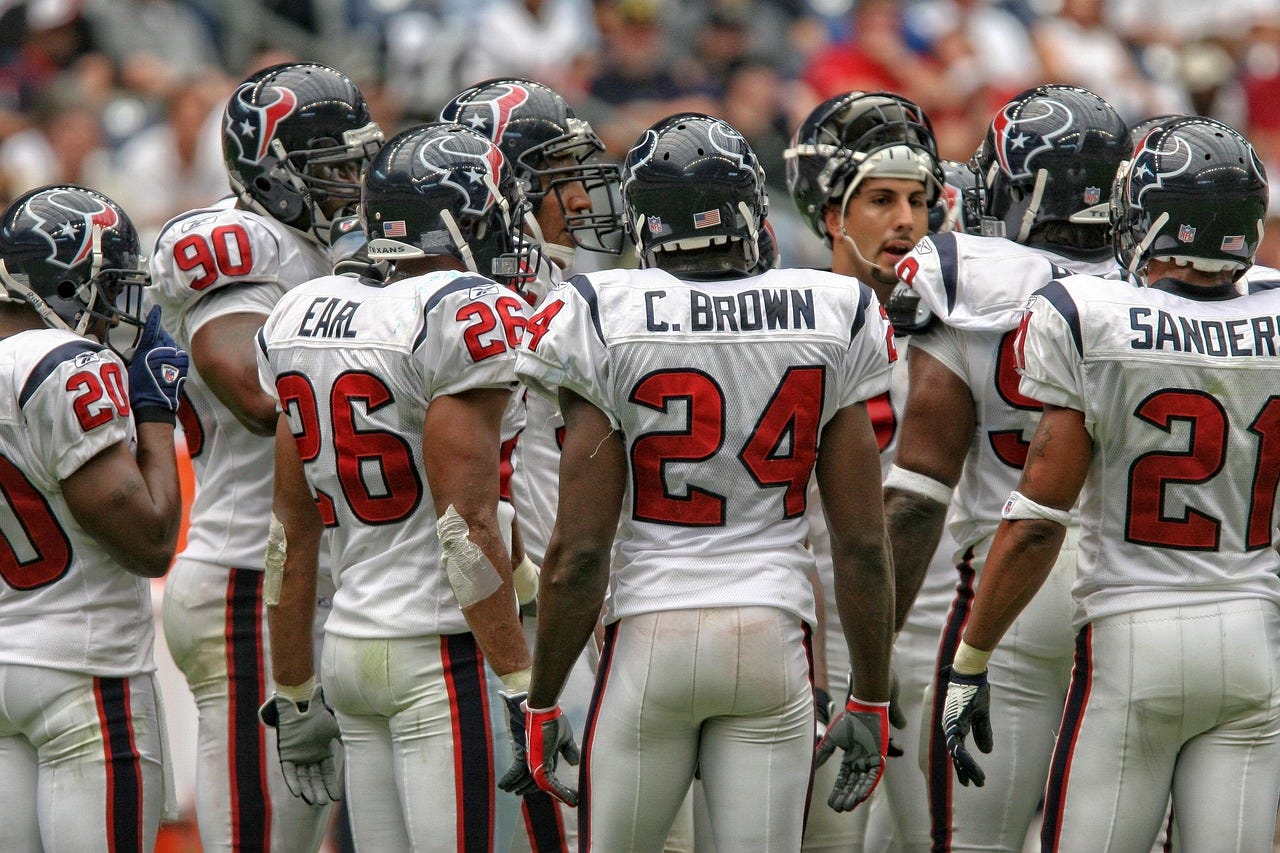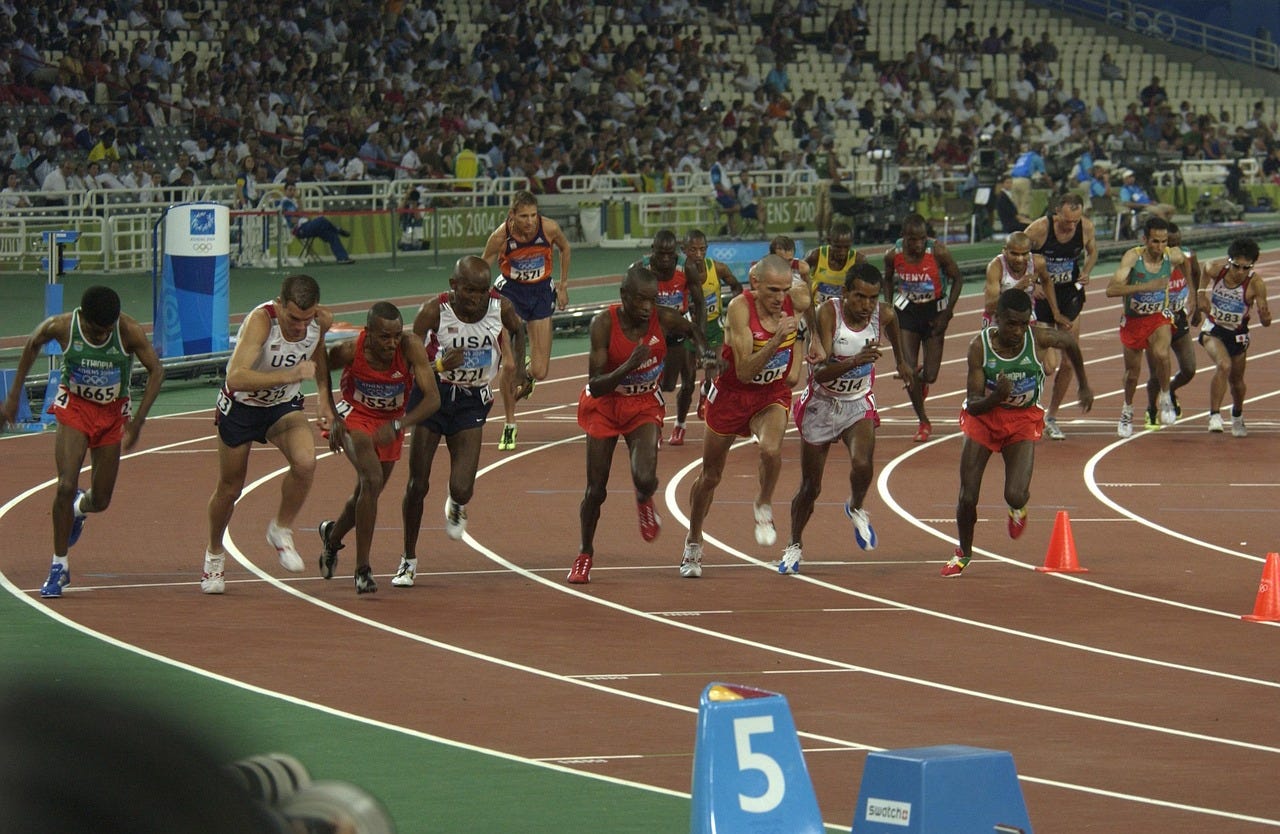What business can learn from sport
Hire the best, and diversity will take care of itself
THIS JUST IN: McKinsey has released a new study showing that ethnically diverse sports teams are more likely to win games than those that are not.
Just kidding.
There is no such study. It’s highly unlikely that McKinsey – or any other professional consultancy firm – would commission such research. After all, it’s hard to see how, say, the skin colour of an NBA point-guard affects his ability to create scoring opportunities for his teammates, or how the social background of an Olympic sprinter increases her chances of winning the 100 metres.
So, why do we continue to promote the questionable notion (first popularised in a much-disputed 2015 McKinsey study) that diversity is positively correlated with better corporate performance and profitability? You might as well extend the argument to include a correlation between profitability and the presence of left-handed employees.
Think about it: in both professional sport and the corporate workplace, the emphasis is on winning.
Sports teams win games, companies win customers. Sports teams win attendance and TV viewership; companies win market share. In the process, both become more profitable. And in a competitive market, profitability means survival.
It is this existential need to win that drives hiring decisions, rather than what a candidate looks like or where they come from.
In America, 70% of players in the NBA basketball league are black, while more than 90% of players in the NHL ice-hockey league are white. In England, barely 33% of soccer players in the prestigious Premier League are British; the rest are foreign.
A Wall Street Journal analysis of 13 million workers at S&P 500 companies found that for all the talk of diversity, most senior managers are still white men. Companies from Google and Microsoft to Tesla and Nvidia all have foreign-born CEOs.
Hiring the best is especially critical in the executive suite where strategy is decided, in the engineering lab where products are designed, and at the coalface where life-and-death decisions are made. Diversity hires, on the other hand, are more likely to be found in soft-skill areas such as human resources, public relations and languages. Being less mission-critical, these areas are far more tolerant of any sub-standard performance that may occur.
Or as a Boeing insider put it in an article by Chris Rufo on Substack entitled Why Boeing Killed DEI: “DEI is lazy thought-leadership best practiced by companies in smooth waters with margins large enough to afford the associated inefficiency.”
Translation: the structure and financial resources of the organisation make it possible to tolerate mediocre performance. This is particularly true in organisations sheltered from competition and the need to make a profit, such as NGOs and government departments. Professional sport, on the other hand, is far less forgiving. A player’s performance is there for all to see. There is nowhere to hide.
Finding good employees is hard enough without the added constraint of DEI. That’s because the ethnic, cultural and gender make-up of the available pool of talent is complex and depends on multiple factors.
We all make different life choices depending on our personality, drive, ambition, culture, social class, and prevailing norms and expectations. So, women tend to favour nursing, men become plumbers, and Asians lean towards science and mathematics. Five of the six members of the American team that won the 2024 International Mathematical Olympiad competition (narrowly beating China) were of Asian origin. According to an extensive body of research, gender is particularly relevant. A recent British-American study of half a million teenagers across 80 countries found that in all the regions surveyed, girls were biased towards people-oriented careers, while boys were biased towards things-oriented careers or STEM fields (Science, Technology, Engineering, Mathematics). This was even more true in the egalitarian Nordic countries and has been dubbed the gender-equality paradox. In the workplace, women are hugely overrepresented in human resources and public relations.
Similar influences can be found in sport. For example, golf and tennis require a huge investment in equipment, time and coaching. So, professional golfers and tennis players are more likely to be middle-class than working-class, and white rather than black. This contrasts with soccer, where all you need is a ball and a rough patch of ground; or marathon running, which only requires the great outdoors. This is why poorer African countries, with their lack of modern sports infrastructure, typically field runners and soccer teams at the Olympic Games rather than swimmers, gymnasts or cyclists.
In conclusion, what can corporate recruiters concerned about diversity learn from the world of professional sport?
Simply this: diversity is not a goal but an outcome. It’s a statistic that arises naturally as a result of selecting the best people available in the marketplace. It is neither right nor wrong; it just is. Trying to change it through DEI in the interests of fairness is a pointless exercise.
Indeed, the very term “diversity, equity and inclusion” is fraught with contradiction. It is precisely because people are different (diversity) that you cannot have fair and equal outcomes (equity) or give everyone a voice around the table (inclusion). The workplace, like the sports field, is not an inclusive environment; it is an exclusive one.
There can be only one set of standards for excellence. Fairness is not about making allowances for people because of their circumstances; it’s about everyone running the same race in spite of them. Only then is victory truly earned.
Robert Gentle is the author of the new book Everyone stereotypes - Get over it!



